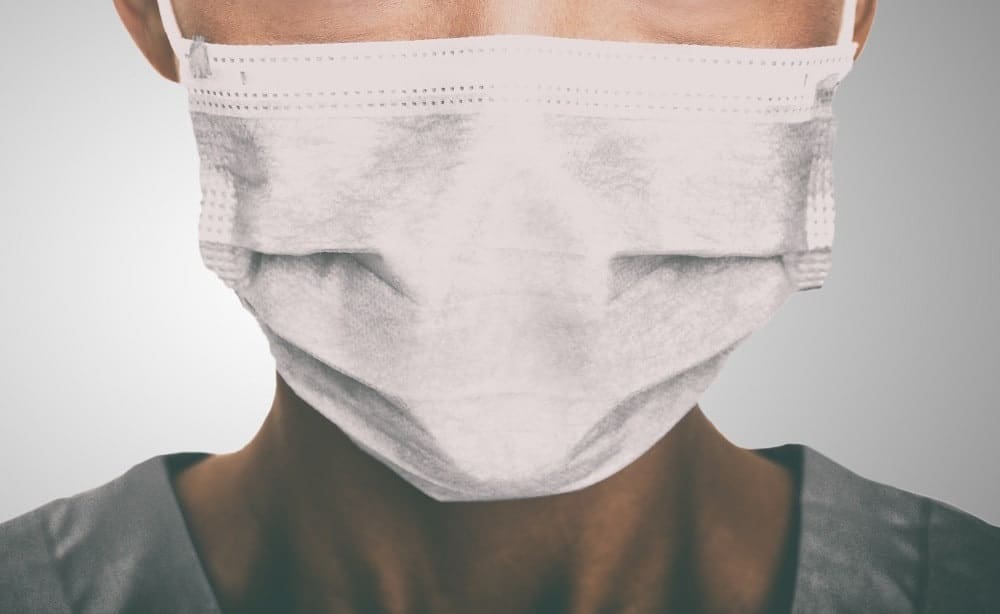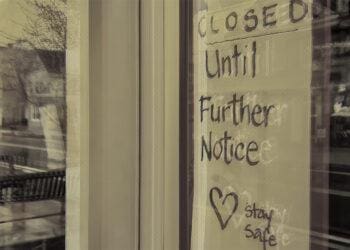These are uncertain times, but epidemiologist and coronavirus prep and risk management expert Roslyn Stone discusses steps C-suite leaders and boards of directors should be taking now to minimize risk and communicate effectively amid the COVID-19 crisis.
It’s a tough time to be a CEO or board member. While boards are focused on the long-term success of the organization and CEOs are working on what must be done to reopen or continue operating safely, both must realize that gaining and keeping the trust of employees and customers in the workplace is imperative to operating in a post-COVID world. The type of business you run or support is irrelevant, but your approach to the safety and health of both your workforce and your customers is the same. Your success during this time of crisis will define your brand moving forward.
Whether you work in manufacturing, restaurant, biotech, automotive or entertainment, preventing the spread of illness has now become a corporate issue. In the future, employers who do not make employee health and wellness a priority will see their stock prices drop, customers dry up and workers protest unsafe work conditions.
Reducing Risk at the Employee Level
Official guidance from the Centers for Disease Control and Prevention (CDC) along with state and local jurisdictions are changing daily as they adjust to coronavirus issues. Regardless of your industry, you must have a plan for employee wellness. It should include:
Personal protective equipment for employees. Recently, New York Governor Andrew Cuomo mandated that employers provide face coverings for their employees starting April 15, and Connecticut Governor Ned Lamont quickly followed. We expect that this will be implemented nationwide by individual governors and suggest you provide PPE for your employees regardless of your industry.
Temperature checks to enter a workplace are already a requirement for some essential workers and are expected to be a requirement for reopening many types of businesses. Temperature checks require one person designated as the recorder – likely a manager.
Daily wellness checks (also known as symptom surveys) to be completed by employees before entering the workplace are likely here to stay as well.
Employer-led COVID testing may become a reality, and the onus may be on employers to have a record of employee immunity or vaccination. This is still some distance off, as scientific and medical communities are in the process of determining if immunity to COVID exists and how we can test for it. Still, employer-led testing should be considered as you plan.
Still, despite all the uncertainty surrounding this situation, you can prepare now by anticipating some of those requirements. Start procuring thermometers and face coverings now, if you haven’t already. Think about how you’ll perform symptom or wellness checks before employees start their shifts. Create an operational plan and budget for reopening, and then get your communications geared up.
Budgeting for Additional Health Expenditures
One client has calculated their anticipated costs for daily temperature checks across their organization at $2.8 million annually, and further development of the process (including some type of daily bracelet or sticker denoting clearance) will drive those costs even higher.
Hand-washing is the single most effective defense we have against coronavirus and most other illnesses, but the financial impact of increased hand-washing is not insignificant. Where many businesses (restaurants, food manufacturing and other hospitality-related industries) typically mandate hourly hand-washing pre-COVID, hand-washing every 30 minutes is the new norm. Each time an employee leaves a production line to wash their hands, it can take five minutes.
Here’s why: an employee comes in to cover the worker who is leaving to wash their hands. The two stand and wait while the first worker finishes their task before leaving to wash his or her hands. Assuming workplaces have limited numbers of hand-washing sinks, the employee may wait while one or two other employees complete their 24 seconds of hand-washing. Then they wash their hands and return to their task, but have to wait a few moments while their covering employee completes a task. That can quickly add up to five minutes. Do that twice an hour, and we’re paying one-sixth of each hour for employees to wash their hands. Do the math: We’re talking roughly $400 per eight-hour day in a 20-person operation, and billions across an industry.
Add in the costs of personal protective equipment, paid sick leave (to ensure employees don’t work while sick when infected with COVID or other similar illnesses) and additional training costs and we’re seeing costs that will dramatically impact the bottom line. These costs, however, are dwarfed by the potential cost of another round of shutdowns, which many believe could sink entire industries.
Getting Ongoing Medical Guidance
To stay updated on COVID-19 issues and what comes next, employers must have clear exclusion guidelines to keep sick employees out of work, and they will need to update these as the available testing changes. Today, exclusions are symptom-based, but eventually they may be based on antibodies, immunity or vaccination.
We believe contact tracing will be an important part of managing COVID-19 until there’s widespread vaccination. Contact tracing involves investigating every close contact an infected person had while infectious, and asking those people to self-quarantine. It may be that employers need to drive that process or partner with health departments to have the most effective contact tracing.
Having access to up-to-date information and expert opinions as you navigate that will be crucial. With the science and laws rushing to catch up with this outbreak, it’ll be more important than ever to have great resources at your disposal.
Communicating Internally and Externally
Once your team has defined and budgeted your health and wellness plan, you should start identifying what information you’ll need to give employees for them to feel comfortable coming back to work. Will they need face masks, more hand sanitizer or an outside cleaner to come in before they arrive on the first day back? Talk to your employees and get a sense for what they need to feel good about returning.
The next step will be doing the same for your customers. You must communicate how you are:
- Ensuring the wellness of your workforce with wellness checks and PPE, among other protective measures.
- Verifying the health of your supply chain.
- Operating within still-changing CDC and local guidance and in accordance with expert medical opinions.
- Using daily sanitizing, contactless delivery and other precautions to keep customers safe.
What’s Next?
We don’t know what’s next. Anyone who tells you that they know what this will look like is just full of hot air. But the lessons we’ve learned by dealing with norovirus and hepatitis A outbreaks over the past few years have taught us to be vigilant. And just last year a resurgence of measles wreaked havoc on the U.S. when it was previously very rare. We just can’t anticipate what’s next, but we can rely on the lessons that each outbreak has taught us to better prepare for the next one.
Our clients who had strong pandemic and disaster plans and communication systems were ahead of the game, as were those who had devised strong plans to prevent the spread of norovirus and hepatitis A. Of course, the COVID-19 pandemic has surpassed those, but employers who already had plans had a framework for decision-making and communication that have been effective in managing through this crisis.
Promptly taking the time to debrief, identify the lessons learned and apply them across your organization to your employees and customers will best prepare you for whatever lies ahead.



 Roslyn Stone, MPH is COO of
Roslyn Stone, MPH is COO of 








